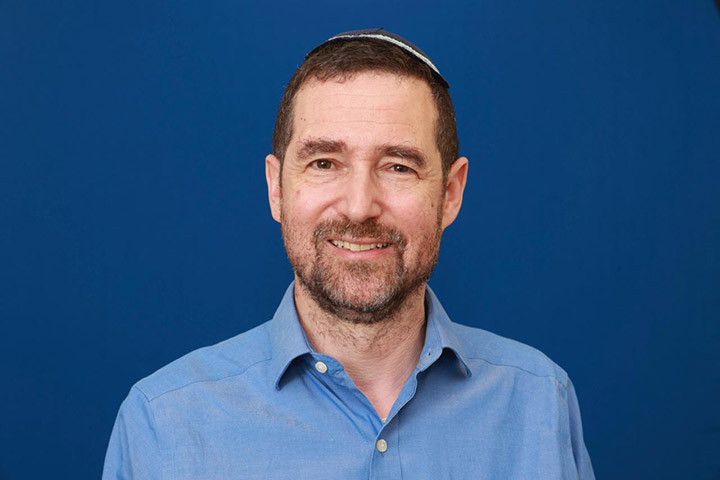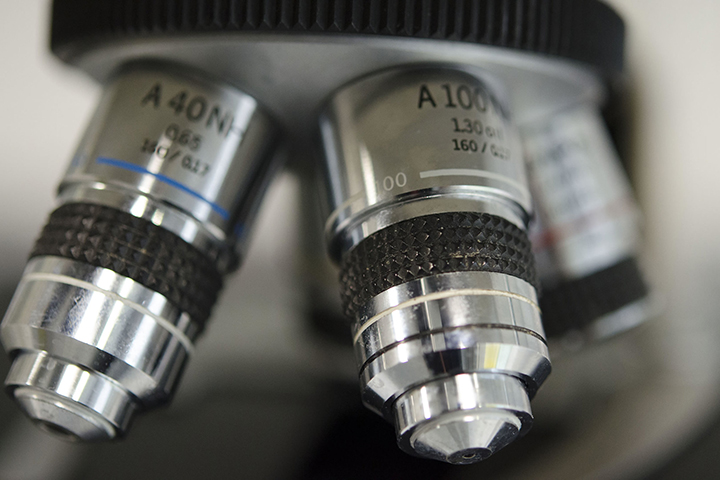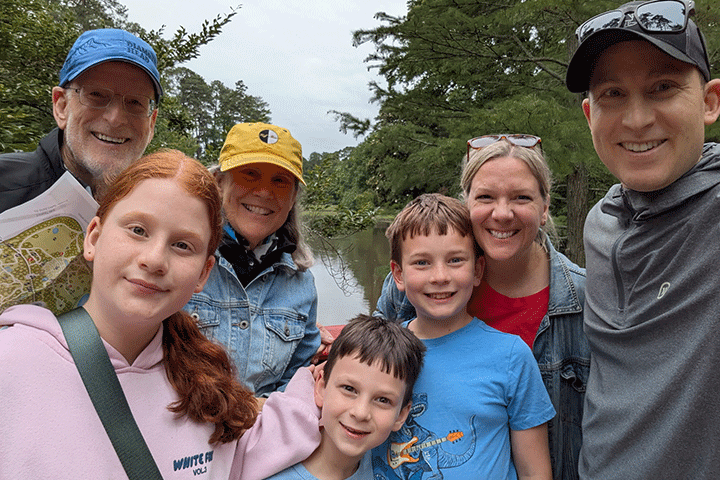Pancreatic Cancer Pain Management a Zap Away

A multinational clinical trial that tested celiac plexus radiotherapy to eliminate pain caused by pancreatic tumors has announced promising results.
Those with advanced pancreatic cancer often face an unfortunate common occurrence: an extreme belt of pain that tightens around their upper abdomen and lower back. This pain is caused when tumors press upon and/or infiltrate the celiac plexus. Located in the pit of the stomach, just in front of the aorta (the body’s main artery), the celiac (or solar) plexus comprises a network of radiating nerve bundles that play a role in the function of the stomach and liver as well as other organs.
Current solutions include anti-inflammatory and opioid medication; the celiac plexus block, in which doctors inject a local anesthetic around the nerves in the lower back; or the neurolytic block, in which ethanol is injected to intentionally damage nerves and achieve pain relief. But the results are often disappointing, says Dr. Yaacov Lawrence, Director of the Radiation Oncology Department at Sheba Medical Center in Tel Aviv, Israel. So he designed a new radiation-based approach, and led a multinational trial to test it.
“Instead of using radiation to zap the tumor, why don’t we use radiation to zap the nerve?” Lawrence explains.
Radiotherapy with a Difference
The new approach—celiac plexus radiotherapy—uses a single high dose of precisely-targeted stereotactic ablative radiotherapy (also known as stereotactic body radiation therapy, or SBRT) directed at the celiac plexus, with the aim of treating the entire length of the nerves rather than just one area, for more effective, long-lasting pain relief.
It was tested on 125 patients, in eight hospitals across five countries (the United States, Canada, Israel, Poland, and Portugal) in a phase II study. The results were published in The Lancet Oncology in August 2024.
The vast majority of participants had pancreatic cancer whose cancer had progressed after first-line chemotherapy and become metastatic. The hope was that at least 40 percent of participants would respond well to the single high-dose radiation treatment. The pain relief wasn’t immediate—it took about two and a half weeks for participants to notice a difference, but by three weeks, 53 percent of patients reported a meaningful decrease in pain. And the relief seemed to improve over time.
For some patients, the difference was subtle. For others it was life-changing. One was delighted to be able to play with his grandchildren again, another even returned to her weekly dance classes.
The ablative therapy was well tolerated, with the biggest side effect being slight nausea directly after treatment. The treatment is designed to be used either as a stand-alone palliative option, or in parallel with other therapies.
The goal of the study, which was funded by Gateway for Cancer Research and the Israel Cancer Association, was not only to relieve pain symptoms, but also to decrease the use of opioids.
Lawrence notes that the therapy was successful in this regard as well. Some patients continued using morphine and other pain medications, but many of those decreased their doses within six weeks.
“There definitely does seem to be an improvement, and many quality of life metrics also improved over time,” he adds.
Next Steps: Further Testing and Implementation
Lawrence and his colleagues will continue to parse the data to examine effects on survival, family burden, hope, and continued quality of life.
As presented at the European Society for Radiotherapy and Oncology (ESTRO) conference in Glasgow earlier this year, patients who had a good response to the treatment in terms of pain relief also lived longer, according to Lawrence. He also hopes to conduct an additional randomized study comparing the treatment to conventional celiac plexus block or neurolysis.
And he is creating educational materials to introduce the technique to other radiologists, in partnership with the American Society for Radiation Oncology. The hope is that it could be performed at any cancer treatment center with the appropriate equipment and SBRT expertise. Recent incorporation into NCCN Clinical Practice Guidelines in Oncology means the procedure has a higher chance of being covered by insurance.
“Pancreatic cancer is a terrible disease,” says Lawrence. “Although this treatment is not curative, it improves pain levels in the majority of patients and improves their quality of life.”



